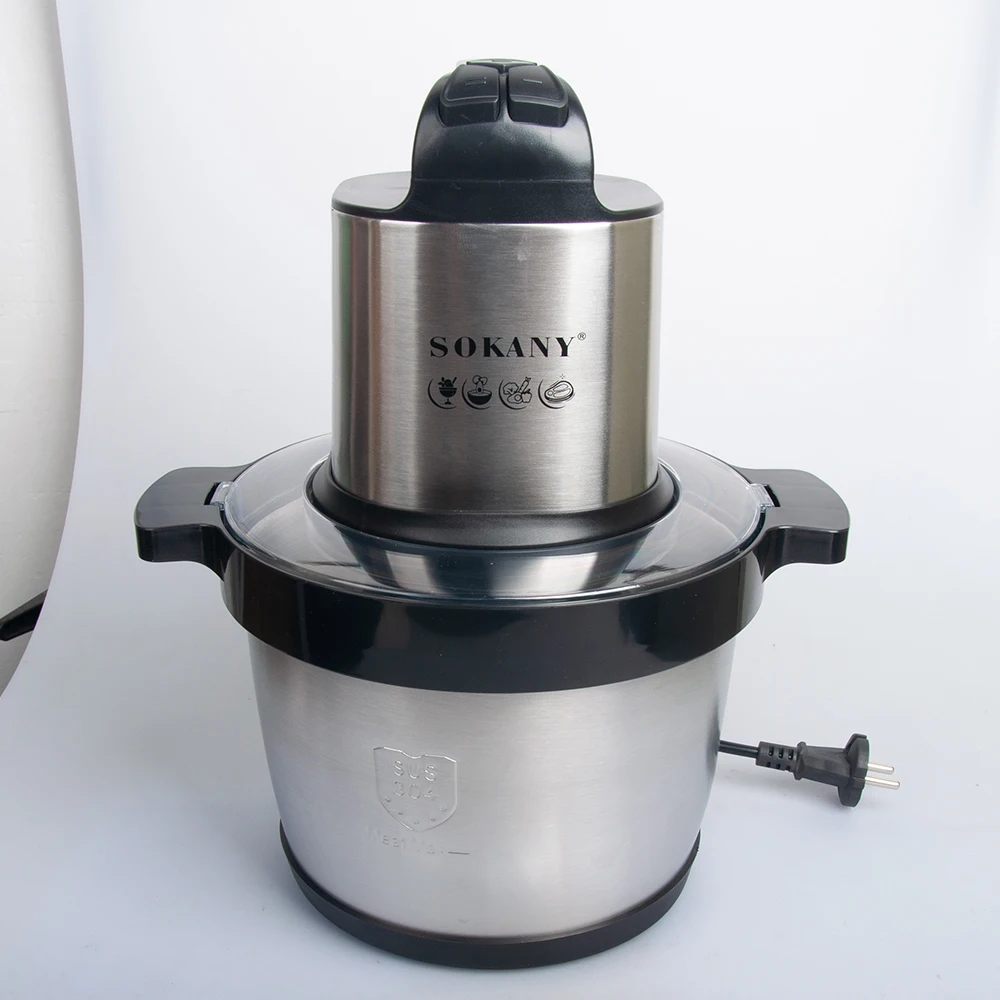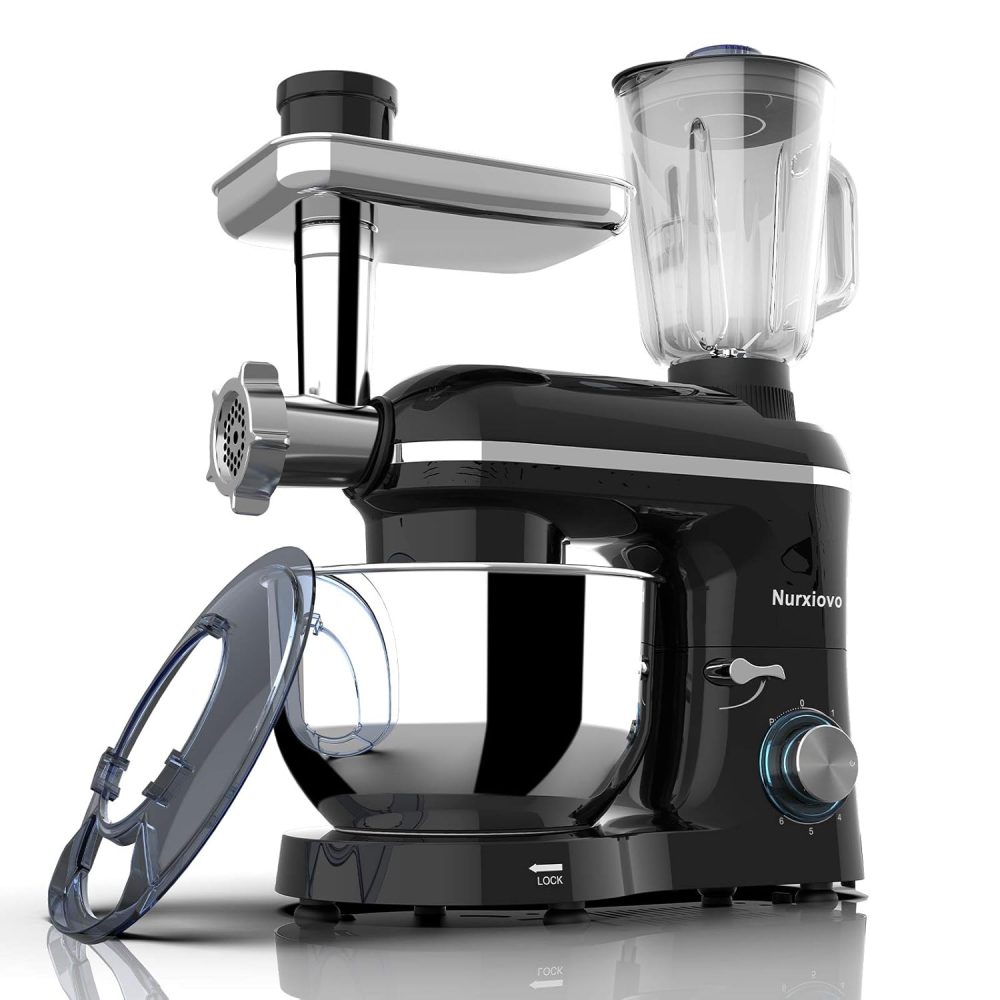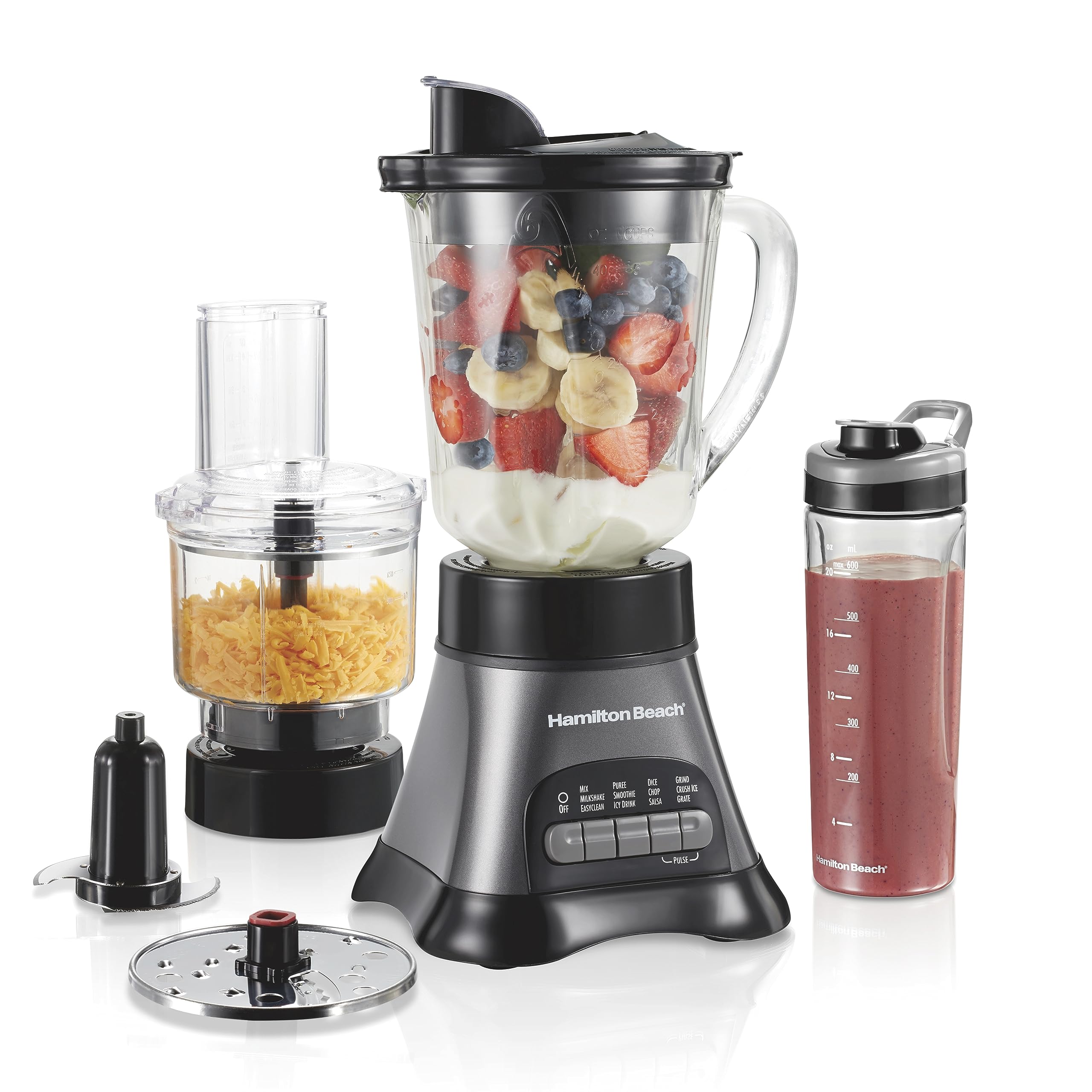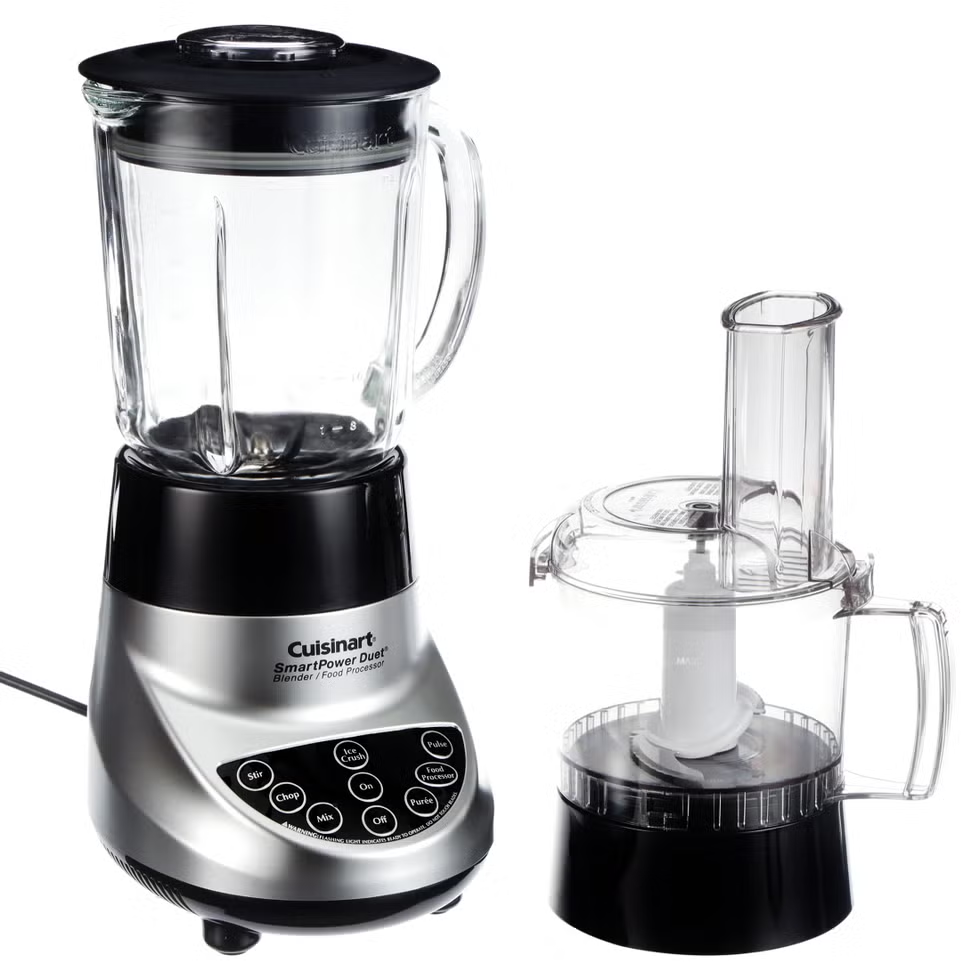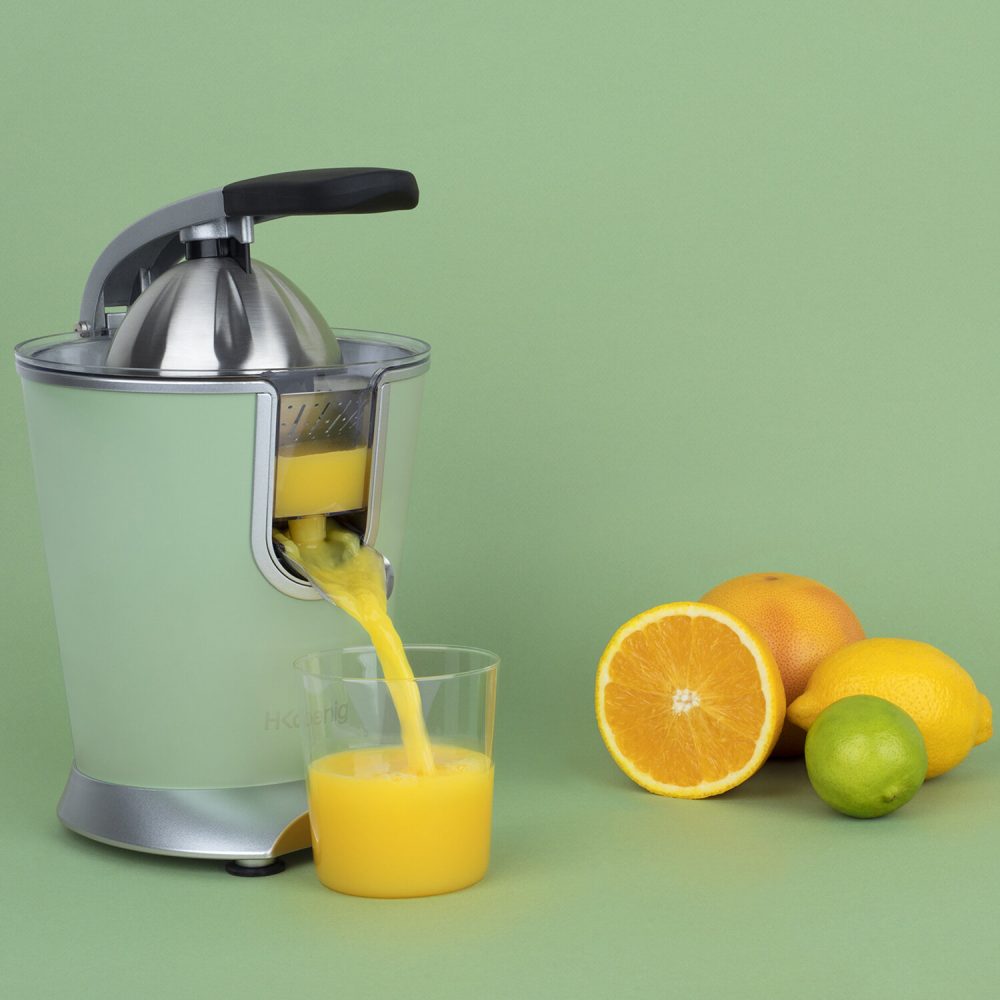
When it comes to maintaining a healthy lifestyle, incorporating fresh juices into your daily routine can make a significant difference. Among the various types of juicers available, a citrus juicer stands out as an essential kitchen tool for anyone who loves the vibrant taste of freshly squeezed oranges, lemons, limes, and grapefruits. This comprehensive guide will explore everything you need to know about citrus juicers, helping you make an informed decision and enhancing your juice-making experience.
Understanding the Importance
Juicing citrus fruits not only provides a refreshing beverage but also delivers a plethora of health benefits. Citrus fruits are rich in vitamins, particularly vitamin C, antioxidants, and essential minerals that contribute to overall well-being. However, extracting juice manually can be time-consuming and inefficient. This is where a citrus juicer becomes invaluable, simplifying the process and ensuring you get every bit of juice with minimal effort.
Health Benefits of Fresh Citrus Juice
Freshly squeezed citrus juice offers numerous health advantages. It boosts the immune system, aids in digestion, promotes healthy skin, and provides a natural source of energy. By using a citrus juicer, you can preserve the natural enzymes and nutrients that are often lost in store-bought juices, ensuring you receive the maximum health benefits from your daily intake.
Convenience and Efficiency in the Kitchen
A citrus juicer not only enhances the nutritional value of your juices but also brings convenience to your kitchen. Modern citrus juicers are designed to be user-friendly, with features that make the juicing process swift and mess-free. Whether you prefer manual or electric models, investing in a quality citrus juicer can save you time and effort, allowing you to enjoy fresh juice without the hassle.
Types of Citrus Juicers: Which One is Right for You?
Choosing the right citrus juicer depends on your specific needs, preferences, and the volume of juice you plan to produce. There are several types available, each with its own set of advantages.
Manual Citrus Juicers
Manual citrus juicers are traditional hand-operated devices that require physical effort to extract juice. They are typically lightweight, portable, and easy to clean, making them a popular choice for those who prefer a simple and affordable option. However, manual juicers may not be ideal for large quantities of juice or for individuals with limited hand strength.
Benefits of Manual Juicers
- Affordability: Generally less expensive than electric models.
- Portability: Easy to move and store, perfect for small kitchens.
- Ease of Use: Simple operation without the need for electricity.
Electric Citrus Juicers
Electric citrus juicers offer a more efficient and effortless juicing experience. They are powered by electricity, allowing you to extract juice quickly with the push of a button. These juicers are ideal for those who regularly consume large amounts of juice or seek convenience in their daily routine.
Benefits of Electric Juicers
- Speed: Quickly produce large quantities of juice.
- Efficiency: Extract more juice with less effort.
- Consistency: Provide a uniform juice extraction process.
Handheld Citrus Presses
Handheld citrus presses are compact and straightforward tools designed specifically for small-scale juicing. They are perfect for occasional use and are easy to clean and store. While not as powerful as manual or electric juicers, handheld presses are a practical choice for minimal juicing needs.
Benefits of Handheld Presses
- Compact Design: Takes up minimal kitchen space.
- Ease of Cleaning: Simple parts that can be washed easily.
- Affordability: Inexpensive compared to other types of juicers.
Key Features to Consider
Selecting the right citrus juicer involves evaluating various features that align with your juicing habits and preferences. Here are some essential factors to consider:
Juice Yield and Efficiency
High juice yield is crucial for minimizing waste and maximizing the amount of juice extracted from each fruit. Look for juicers with efficient reaming systems and adjustable settings to ensure you get the most juice possible.
Ease of Use and Cleaning
A user-friendly design is essential for a seamless juicing experience. Consider juicers with ergonomic handles, easy-to-assemble parts, and dishwasher-safe components for hassle-free cleaning.
Durability and Build Quality
Invest in a citrus juicer made from high-quality materials such as stainless steel or durable plastics. A robust build ensures longevity and consistent performance over time.
Size and Storage
Evaluate the size of the juicer and ensure it fits comfortably in your kitchen space. Additionally, consider models with compact storage options or foldable parts to save countertop space.
Additional Features
Some citrus juicers come with extra features like adjustable pulp control, drip-free spouts, and ergonomic handles. These enhancements can improve the overall juicing experience and provide added convenience.
Top-Rated Citrus Juicers in the Market
To help you make an informed decision, here are some of the top-rated citrus juicers available today:
Breville 800CPXL Fresh Press Citrus Juicer
The Breville 800CPXL is a premium electric citrus juicer known for its efficiency and durability. It features an adjustable reamers system that accommodates various fruit sizes, ensuring maximum juice extraction. Its sleek design and quiet operation make it a favorite among juice enthusiasts.
Key Features
- Adjustable reamers for different fruit sizes
- High-pressure extraction for maximum juice yield
- Stainless steel construction for longevity
- Easy to clean with dishwasher-safe parts
OXO Good Grips Citrus Squeezer
The OXO Good Grips Citrus Squeezer is a manual juicer praised for its ergonomic design and easy operation. Its non-slip handle and efficient juicing mechanism make it simple to extract juice without excessive effort. This juicer is perfect for small kitchens and occasional juicing needs.
Key Features
- Comfortable, non-slip handles
- Heavy-duty, rust-resistant materials
- Easy to clean with minimal parts
- Compact and lightweight design
Cuisinart CCJ-500 Pulp Control Citrus Juicer
The Cuisinart CCJ-500 offers a combination of performance and convenience, making it a versatile choice for both manual and electric juicing. It features adjustable pulp control, allowing you to customize the texture of your juice. Its durable construction and easy-to-use interface make it a reliable addition to any kitchen.
Key Features
- Adjustable pulp control for customized juice texture
- Heavy-duty extraction mechanism
- Easy to assemble and clean
- Durable and stylish design
How to Use a Citrus Juicer Effectively
To get the most out of your citrus juicer, it’s essential to understand the proper techniques and maintenance practices. Here are some tips to enhance your juicing experience:
Preparing the Fruits
Before juicing, ensure your citrus fruits are at room temperature to maximize juice yield. Roll the fruits firmly on a countertop to break down the fibers and make them easier to juice. Cut the fruits in half horizontally for easier access to the pulp.
Juicing Technique
Whether using a manual or electric juicer, apply steady and even pressure to extract the juice efficiently. For manual juicers, twist the fruit back and forth to release more juice. With electric juicers, let the machine do the work, ensuring the fruit is positioned correctly for optimal extraction.
Cleaning and Maintenance
After each use, disassemble the juicer and rinse the parts immediately to prevent juice residue from drying and sticking. For manual juicers, use a brush to clean the reamers and pressing mechanisms thoroughly. Electric juicers often come with detachable components that are dishwasher safe, making cleanup easier.
Troubleshooting Common Issues
Even the best citrus juicers can encounter issues over time. Here are some common problems and how to resolve them:
Low Juice Yield
If your juicer is producing less juice than expected, it might be due to underripe fruits or improper juicing technique. Ensure that your fruits are fully ripe and follow the correct juicing method, applying consistent pressure and twisting motions.
Pulp Leakage
Excessive pulp in your juice can be frustrating. To address this, use a juicer with adjustable pulp control settings, allowing you to filter out unwanted pulp. Additionally, make sure you are using the appropriate juicing method to minimize pulp extraction.
Noise and Vibration
Electric juicers may sometimes produce excessive noise or vibration. Ensure that your juicer is placed on a stable, flat surface to reduce vibrations. If the noise persists, check for any loose parts or consider using a quieter, more advanced model.
Maintenance Tips
Proper maintenance is key to extending the lifespan of your citrus juicer and ensuring optimal performance. Follow these maintenance tips to keep your juicer in top condition:
Regular Cleaning
Clean your juicer after each use to prevent the buildup of juice residue and pulp. Disassemble all removable parts and wash them with warm, soapy water or place them in the dishwasher if they are dishwasher safe.
Descaling and Deep Cleaning
Periodically, perform a deep clean to remove mineral deposits and stubborn residues. Use a mixture of warm water and vinegar or a specialized descaling solution. Run the juicer without any fruit to rinse out the internal components thoroughly.
Proper Storage
Store your citrus juicer in a dry, cool place to prevent moisture buildup and potential damage. If you have limited kitchen space, consider models with detachable parts that can be stored separately or folded for easier storage.
Inspecting for Wear and Tear
Regularly inspect your juicer for signs of wear and tear, such as cracks, loose parts, or damaged components. Replace any worn parts promptly to maintain the juicer’s efficiency and safety.
Benefits of Owning a High-Quality Juicer
Investing in a high-quality citrus juicer offers several advantages that go beyond the immediate convenience of fresh juice. Here are some key benefits:
Enhanced Nutritional Intake
A high-quality juicer ensures that you extract the maximum amount of juice from each fruit, preserving the natural vitamins, minerals, and enzymes that contribute to better health.
Cost-Effective
While the initial investment may be higher, owning a durable and efficient juicer can save you money in the long run by reducing the need to purchase store-bought juices and allowing you to make the most of seasonal citrus fruits.
Versatility
Many premium citrus juicers come with additional features that allow you to juice different types of citrus fruits and even other soft fruits, enhancing their usability and value in your kitchen.
Environmentally Friendly
By juicing your own fruits, you can minimize waste and reduce your reliance on single-use plastic juice containers, contributing to a more sustainable lifestyle.
Creative Uses for Your Juicer Beyond Fresh Juice
While the primary purpose of a citrus juicer is to make fresh juice, there are several other creative ways to utilize your juicer in the kitchen:
Crafting Homemade Salad Dressings
Fresh citrus juice can be a key ingredient in homemade salad dressings, adding a zesty flavor and a dose of vitamins to your dishes. Combine lemon or lime juice with olive oil, herbs, and spices for a healthy and delicious dressing.
Marinades for Meat and Seafood
Citrus juices, such as orange or grapefruit juice, make excellent bases for marinades, tenderizing meat and adding a burst of flavor to your dishes. Use your juicer to create flavorful marinades for grilling or roasting.
Baking and Cooking Enhancements
Incorporate fresh citrus juice into your baking recipes, such as cakes, muffins, and pastries, to add moisture and a natural sweetness. Citrus zest and juice can also enhance the flavor of sauces, soups, and stews.
Homemade Beverages and Cocktails
Beyond traditional juice, use your citrus juicer to create refreshing beverages like spritzers, smoothies, and cocktails. Freshly squeezed juice elevates the taste and nutritional value of your drinks.
Frequently Asked Questions
To address common queries and concerns, here are answers to frequently asked questions about citrus juicers:
What Types of Citrus Fruits Can I Use with a Citrus Juicer?
Most citrus juicers are designed to handle a variety of citrus fruits, including oranges, lemons, limes, grapefruits, tangerines, and clementines. Some versatile models can also process other soft fruits like kiwis and mandarins.
How Do I Choose Between a Manual and Electric Citrus Juicer?
Consider your juicing frequency, the volume of juice you need, and your budget. Manual juicers are ideal for occasional use and smaller quantities, while electric juicers are better suited for regular, high-volume juicing with minimal effort.
Can I Juice Whole Fruits, or Do I Need to Peel Them First?
It’s recommended to peel citrus fruits before juicing to prevent any bitterness from the peel and ensure a smoother juice extraction process. Removing the peel also reduces the risk of damaging the juicer’s reamers.
How Often Should I Replace My Citrus Juicer?
The lifespan of a citrus juicer depends on the quality and frequency of use. High-quality juicers can last several years with proper maintenance. Replace your juicer if you notice significant wear and tear, reduced efficiency, or if parts are no longer functioning correctly.
Is It Safe to Use a Citrus Juicer Daily?
Most citrus juicers are designed for daily use, especially electric models with durable components. However, it’s essential to follow the manufacturer’s instructions regarding usage and maintenance to ensure safety and longevity.
 Conclusion
Conclusion
A citrus juicer is more than just a kitchen appliance; it’s a gateway to a healthier and more vibrant lifestyle. By understanding the different types, features, and benefits of citrus juicers, you can select the perfect model that suits your needs and preferences. Whether you opt for a manual, electric, or handheld juicer, the ease and efficiency it brings to your daily routine are invaluable. Embrace the convenience of fresh, nutrient-rich citrus juice and transform your kitchen into a hub of health and flavor. Investing in a quality citrus juicer not only enhances your culinary endeavors but also contributes to your overall well-being, making it a worthwhile addition to any home.
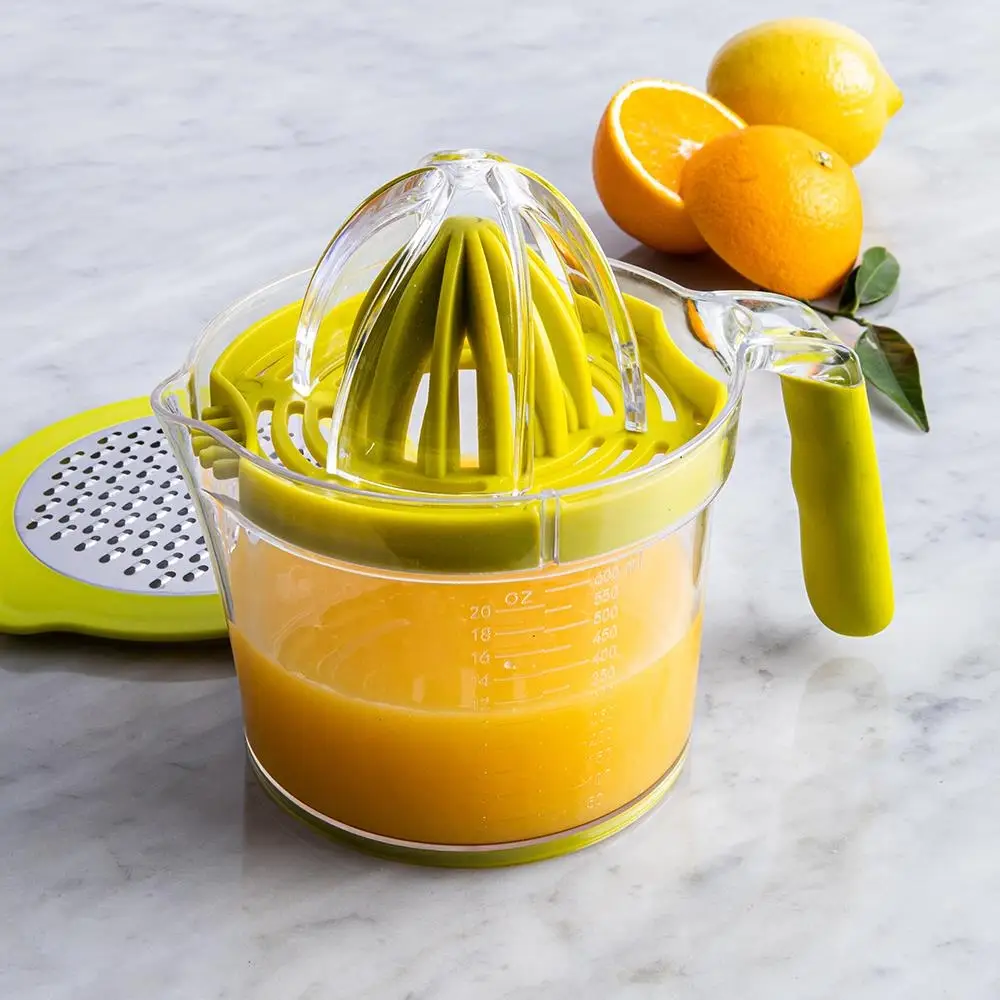
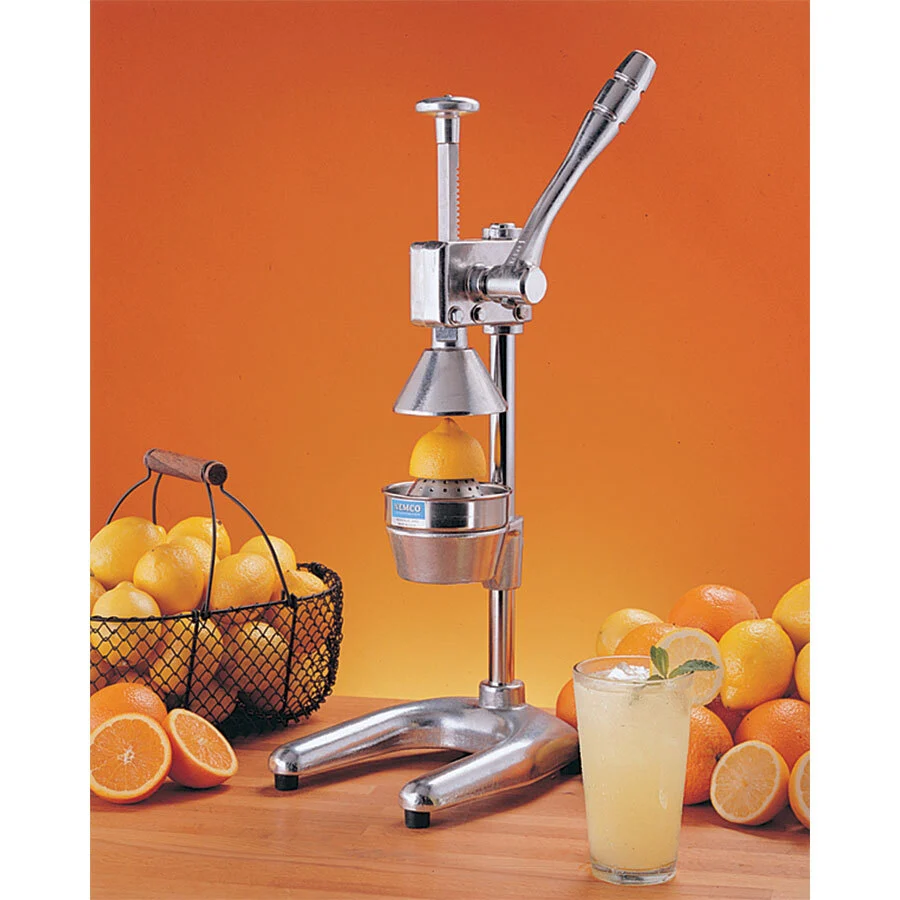
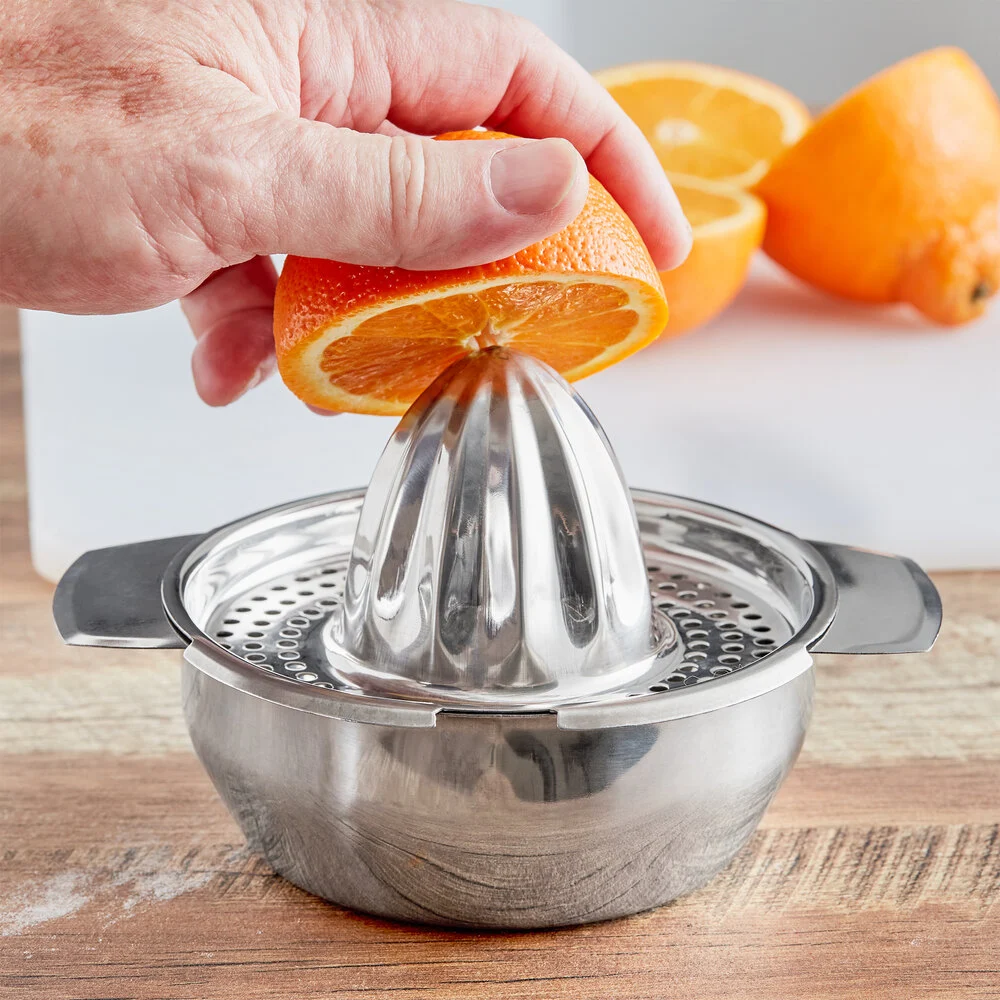
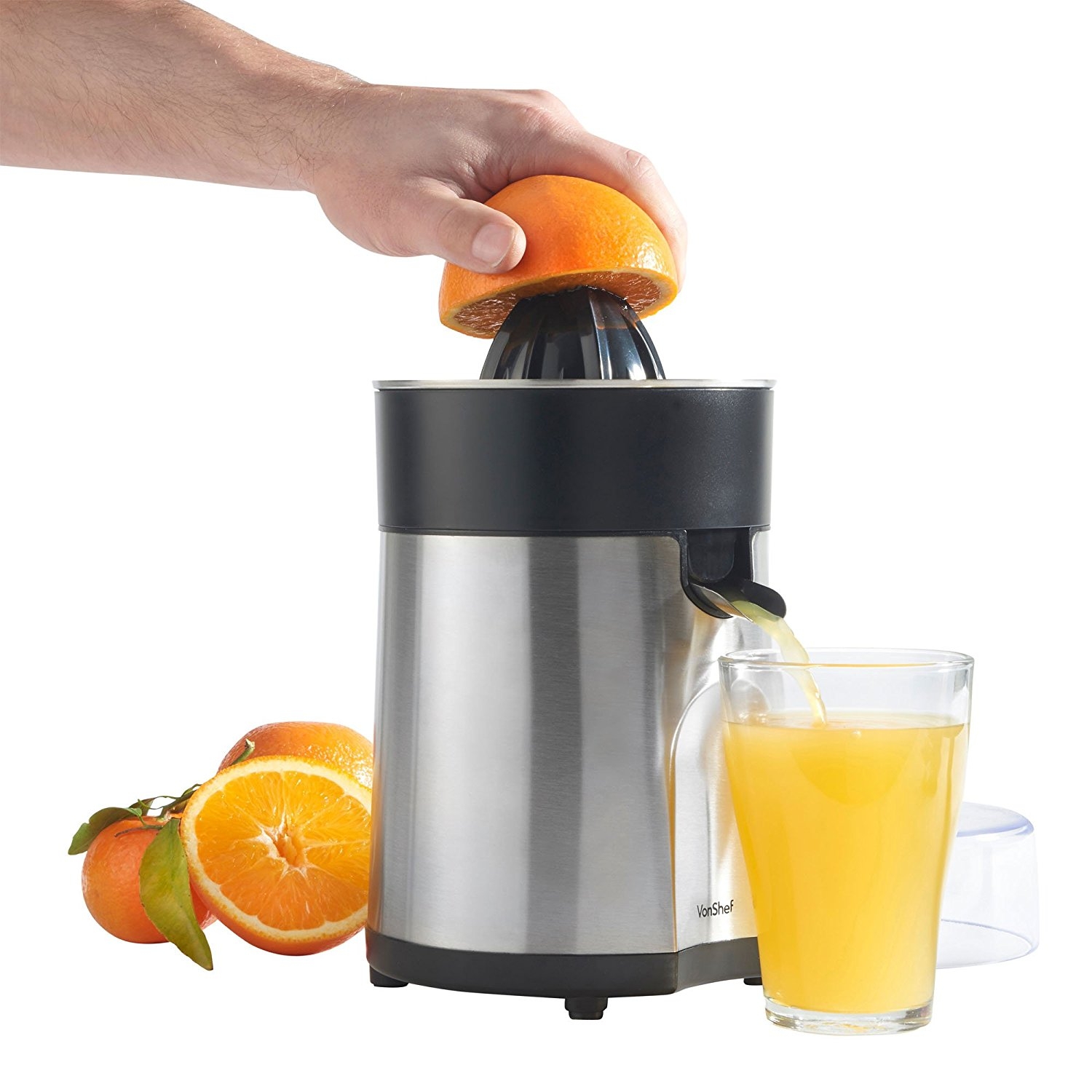
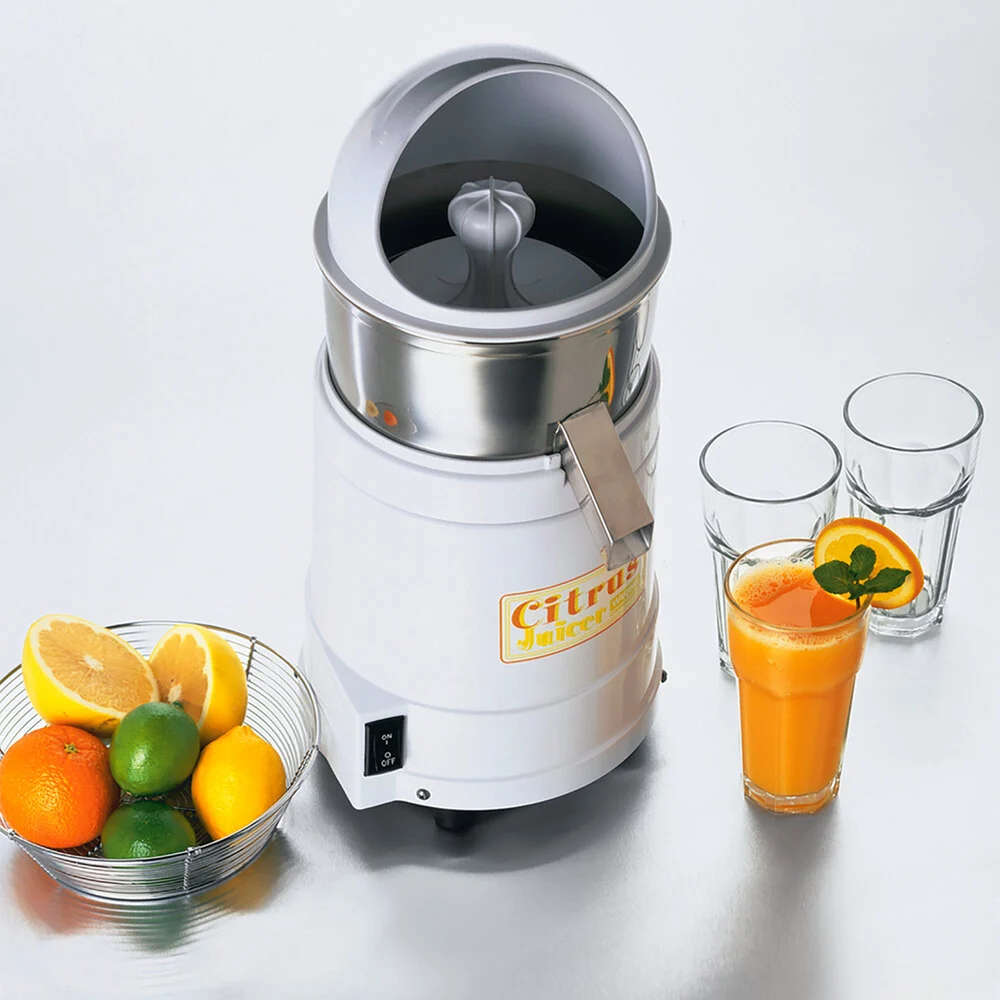
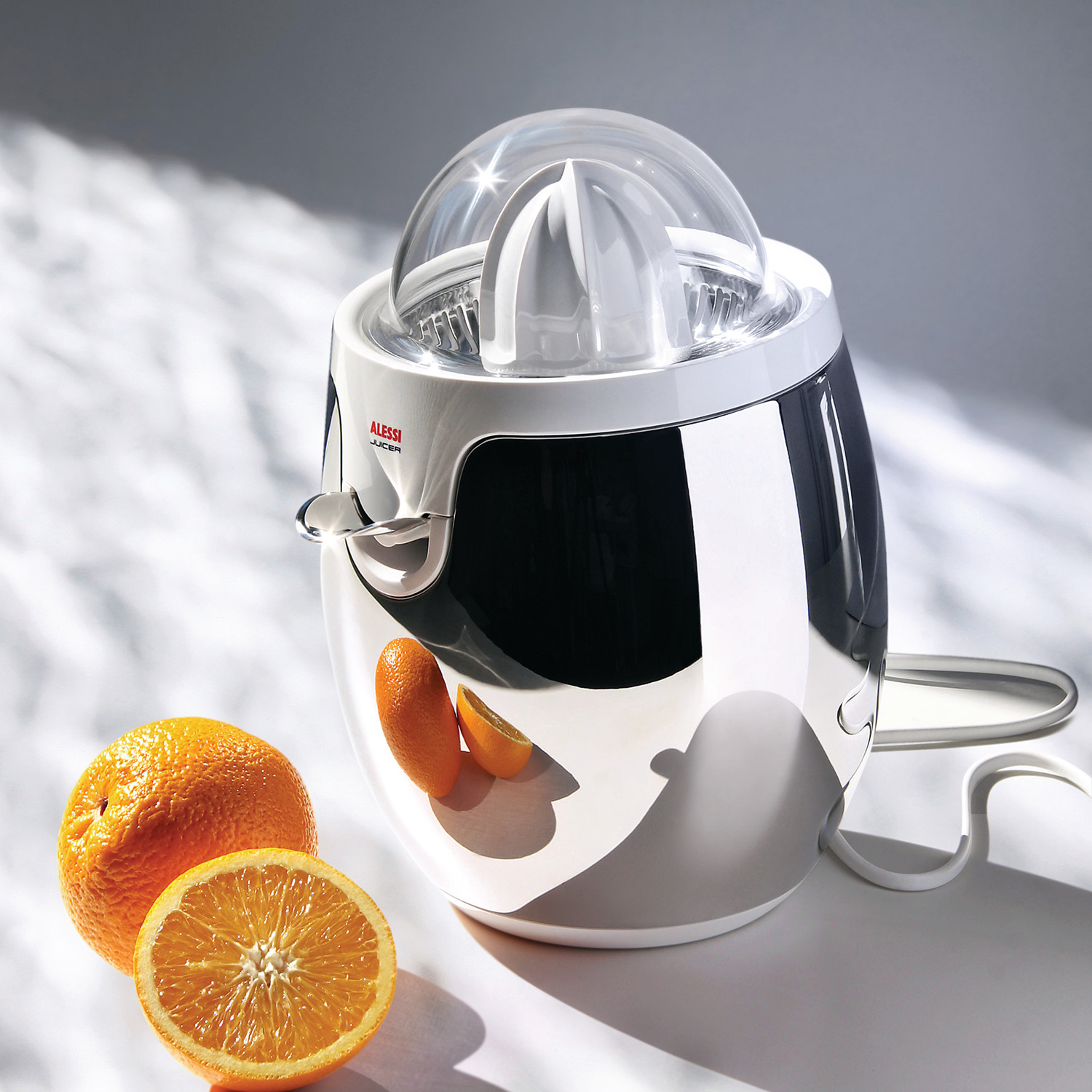
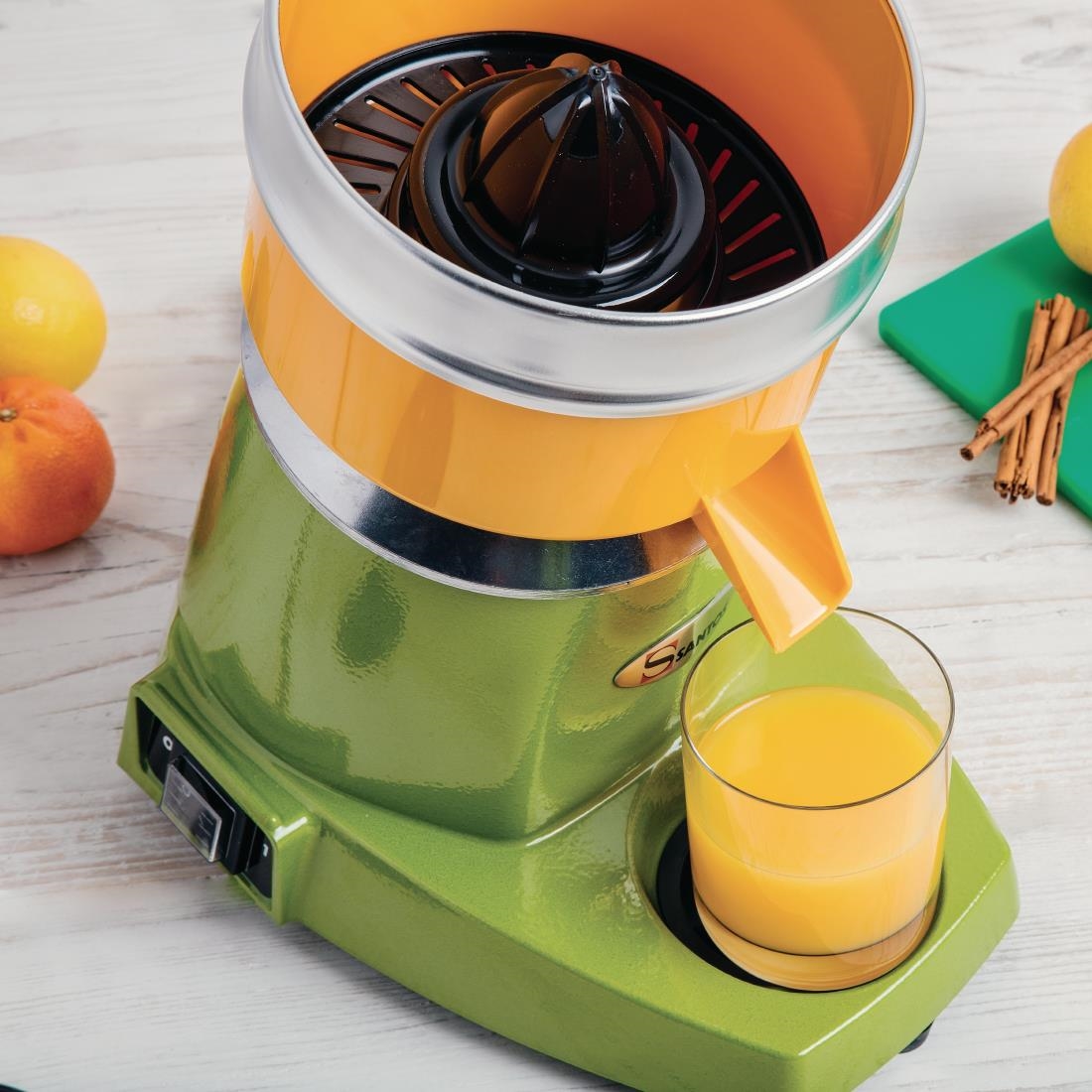
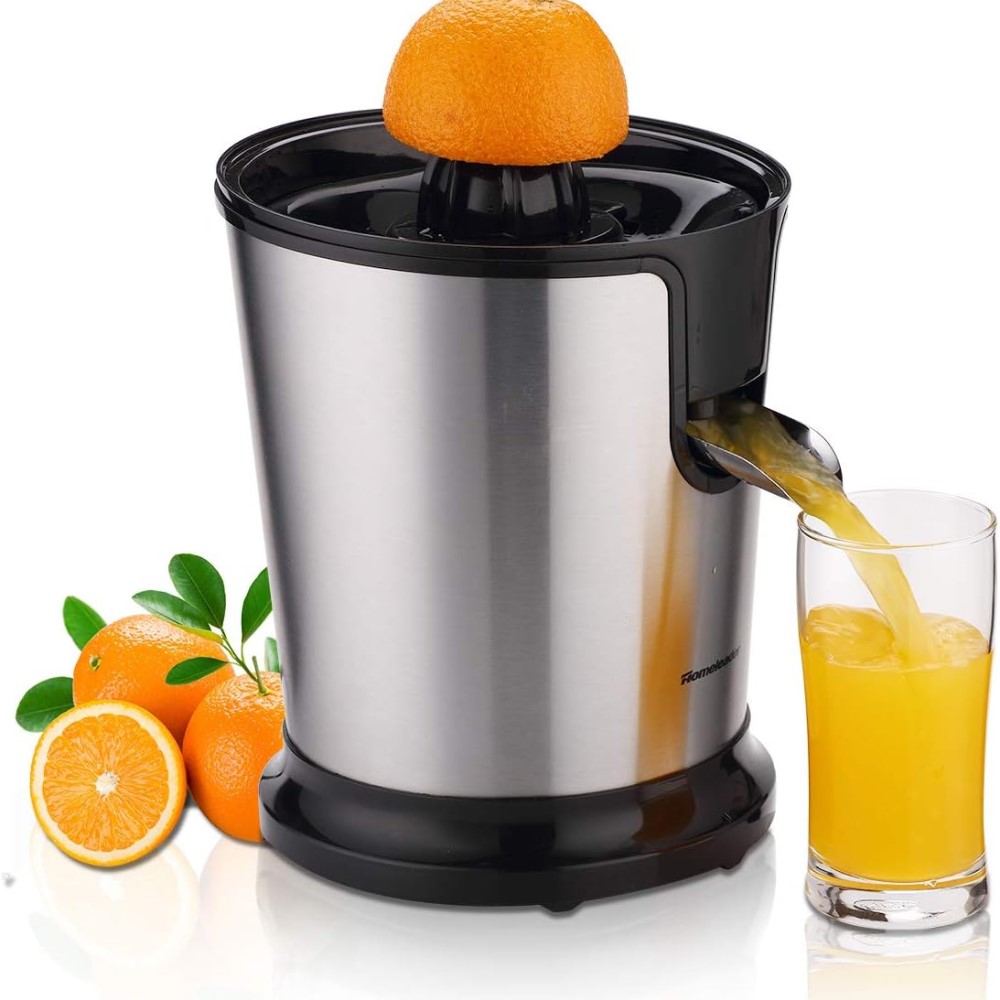
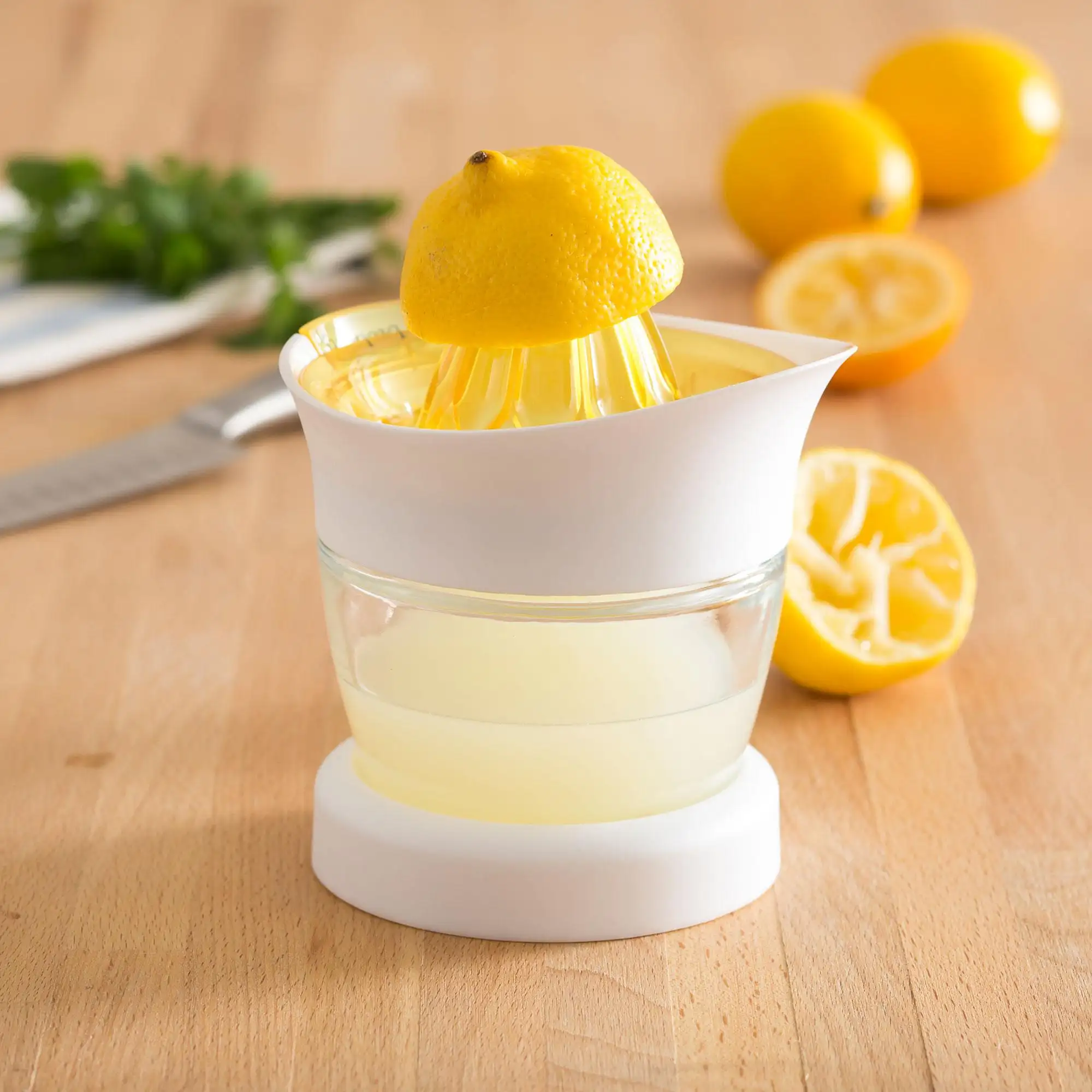
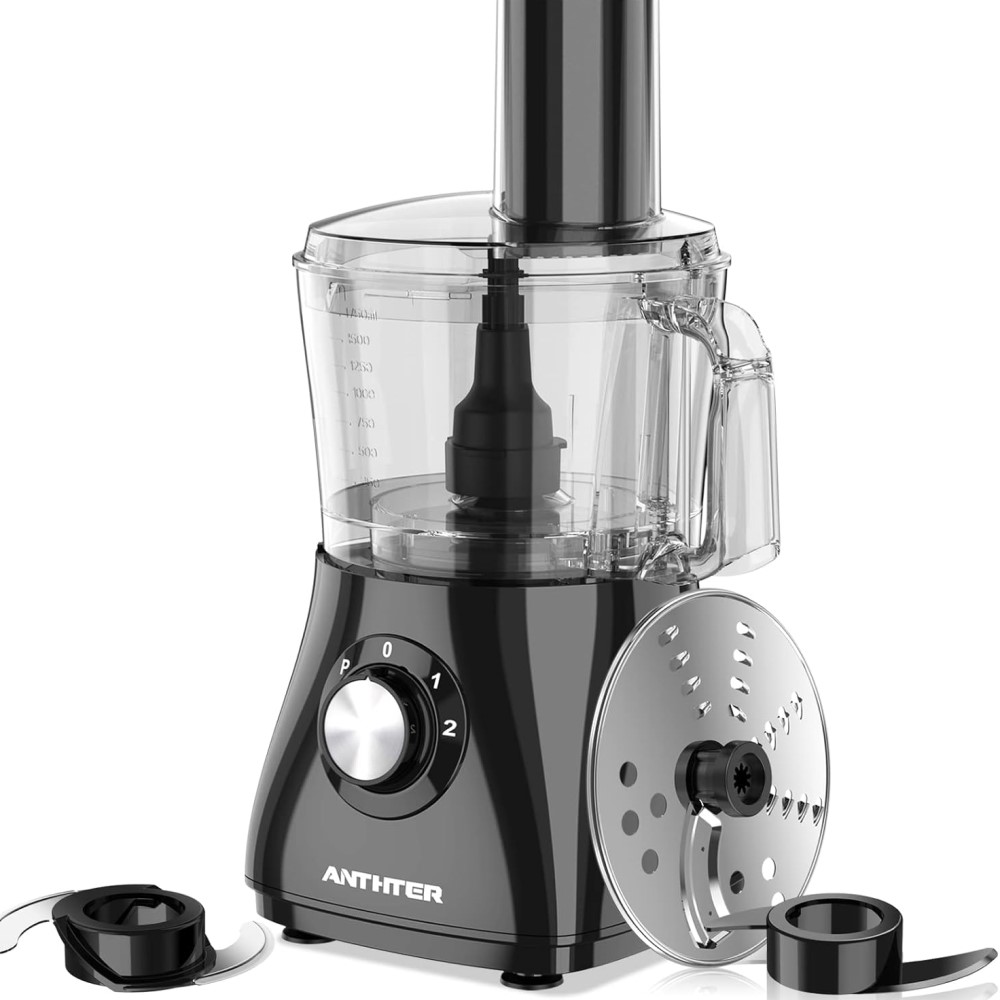
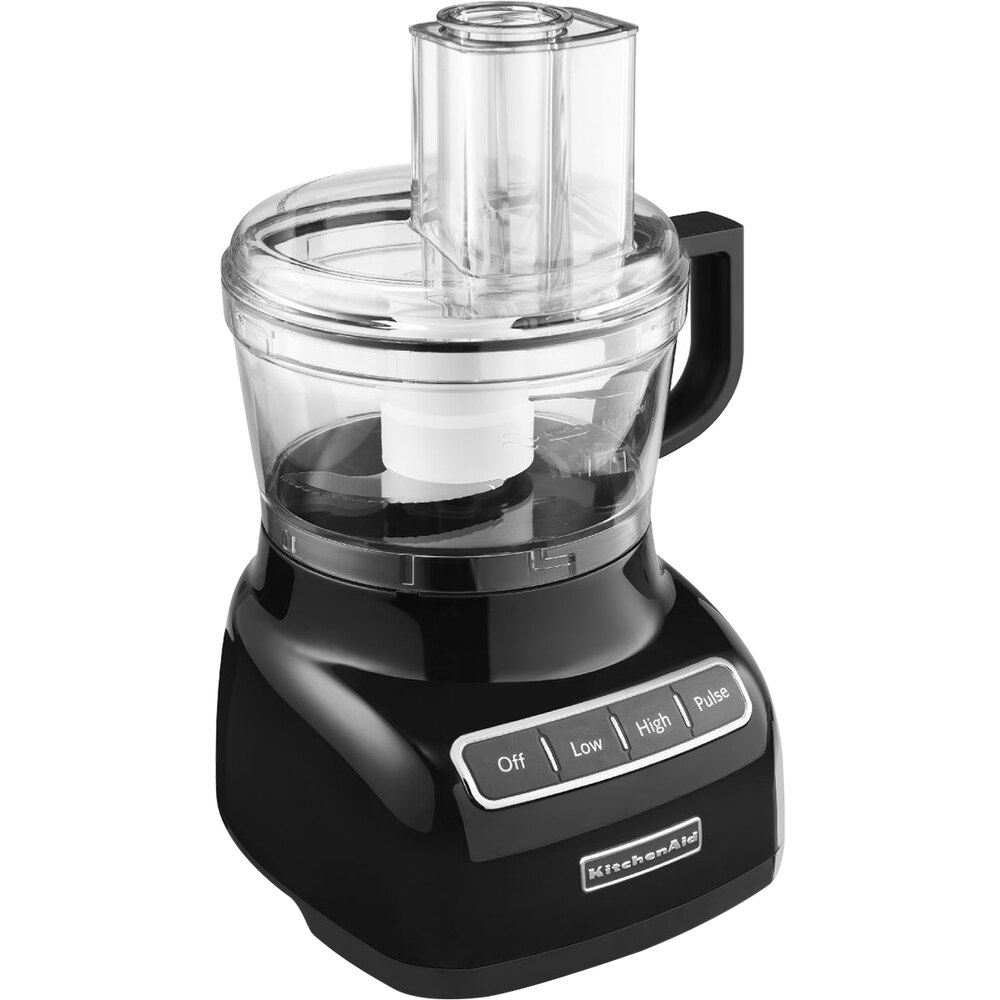
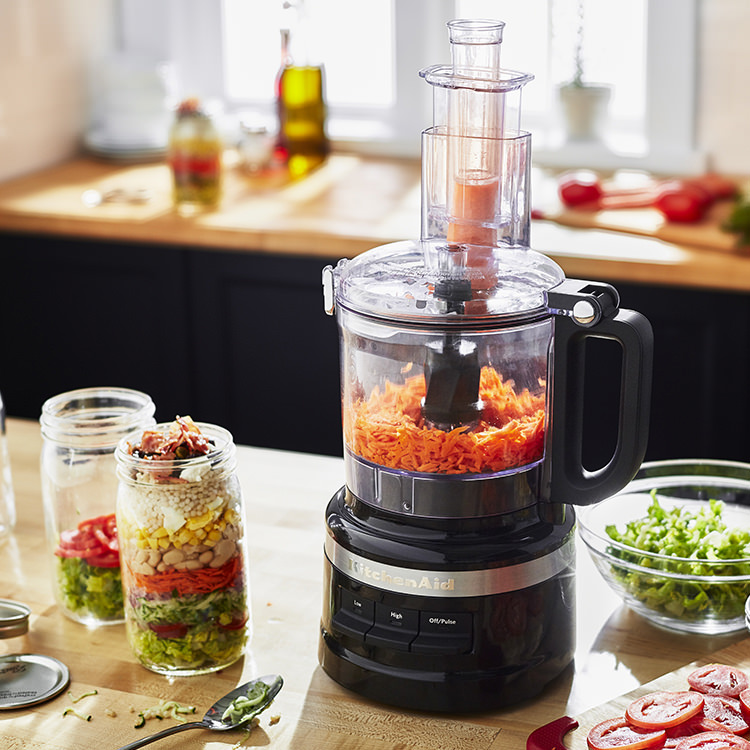 Cleaning and Maintenance Tips for Your 7-Cup Food Processor
Cleaning and Maintenance Tips for Your 7-Cup Food Processor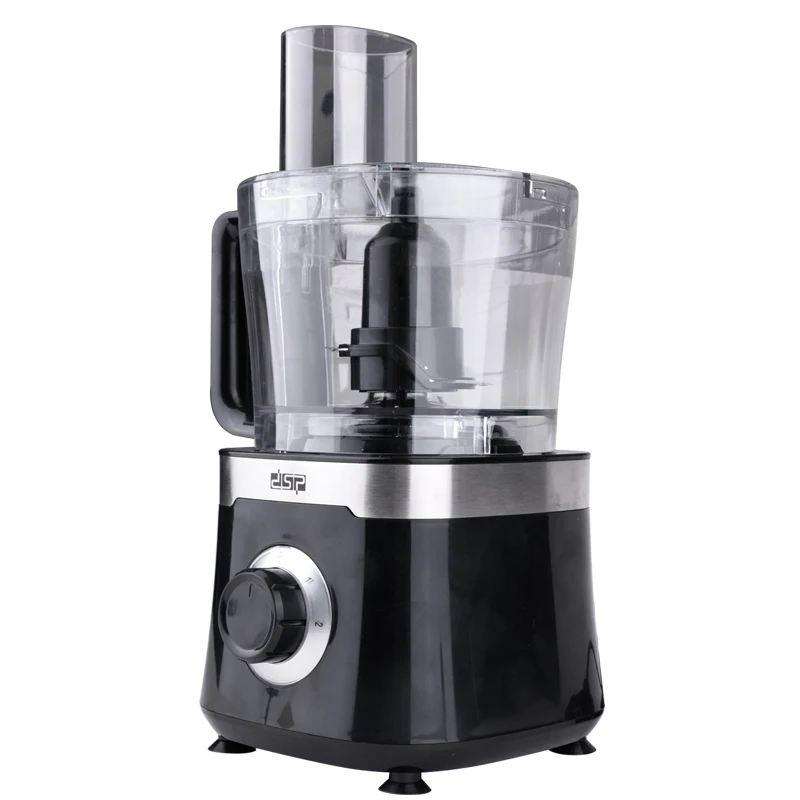
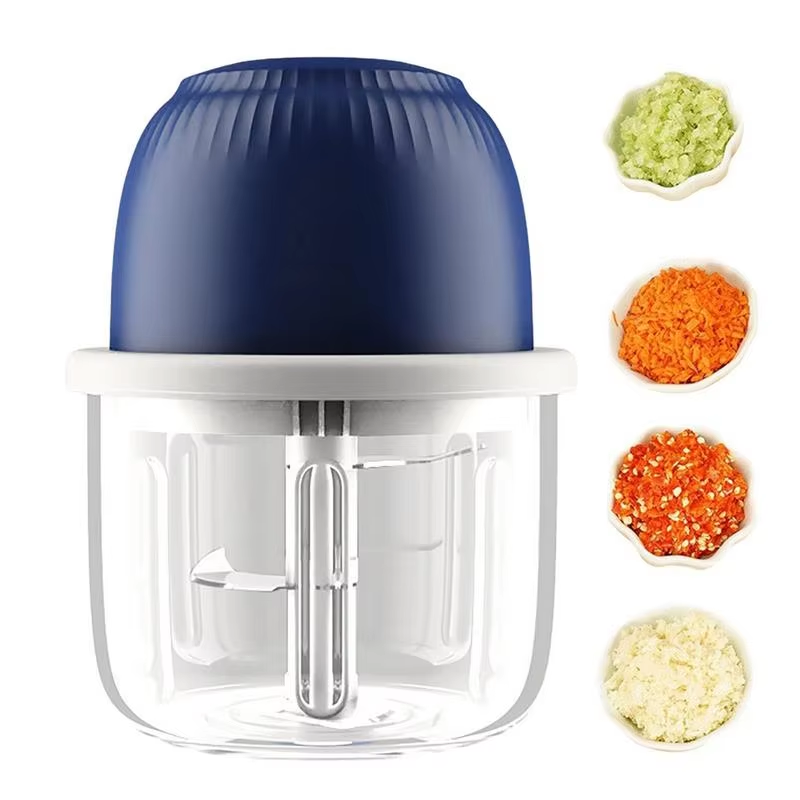
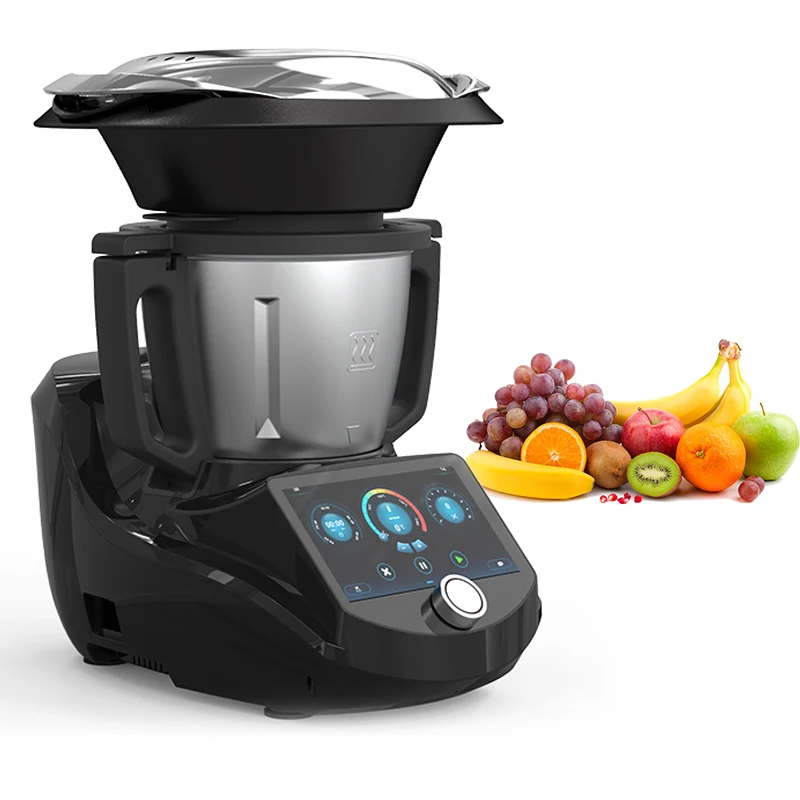 The Convenience of Homemade Meal Prep
The Convenience of Homemade Meal Prep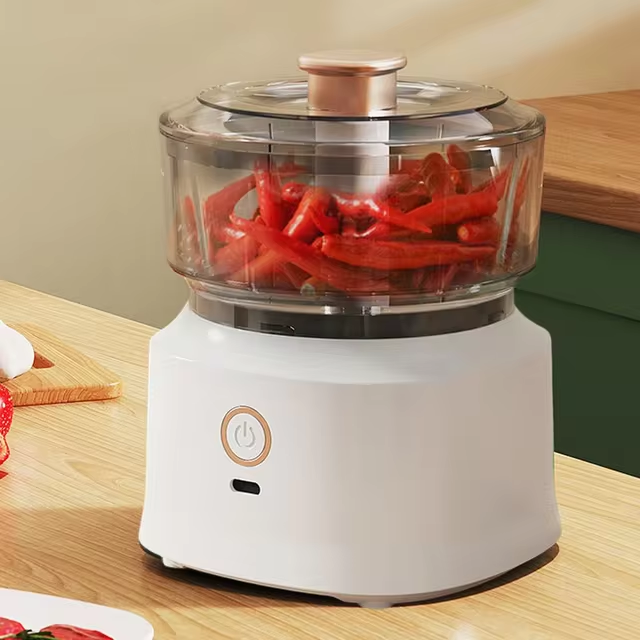
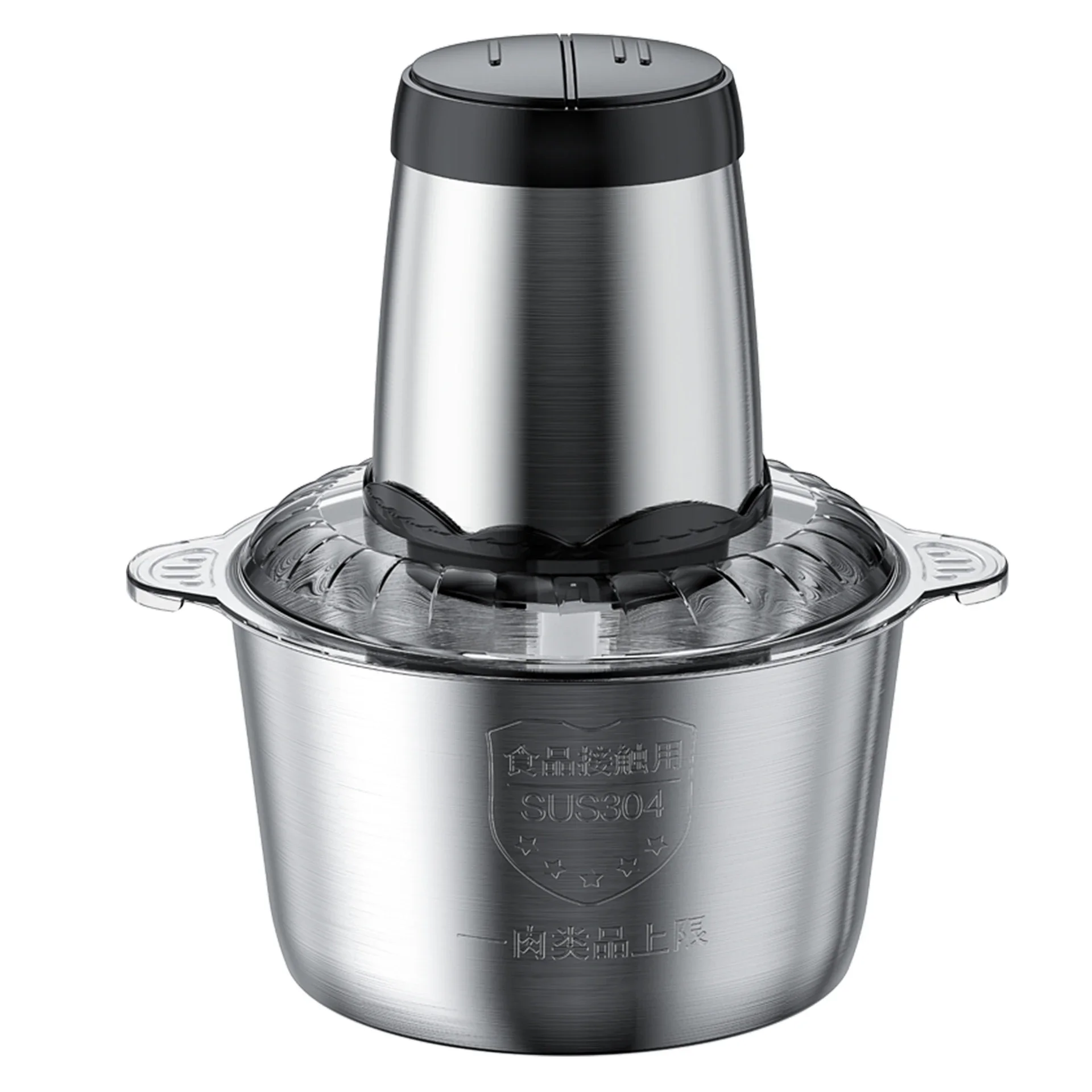 Understanding Food Processors: A Kitchen Essential
Understanding Food Processors: A Kitchen Essential